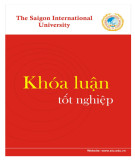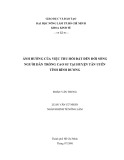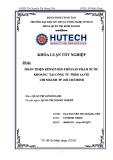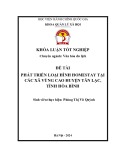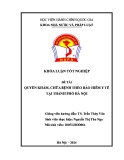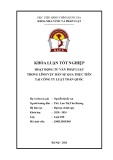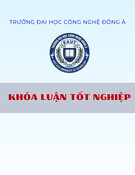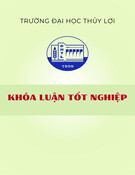
i
DISSERTATION SUMMARY
In the context of Vietnamese commercial banks are in the process
of fundamental and comprehensive restructuring of banking business;
In which, for credit risk management, Vietnamese commercial banks
also need to have a comprehensive innovation, especially innovation
based on the standards of Basel II and Basel III. The emergence of
credit derivatives not only provides commercial banks with new tools
to invest, prevent and minimize credit risk, concentrate or diversify
loan portfolios, but also creates a new mechanism for proactive
management of credit risk. In fact, Vietnamese commercial banks
have used credit derivatives in credit risk management since 2006, but
up to now, the use of this tool in credit risk management at
Vietnamese commercial banks is still very limited. The goal of the
dissertation is to analyze the current situation of using credit
derivatives, explore conditions and propose solutions to improve the
conditions for using credit derivatives in credit risk management at
Vietnamese commercial banks. To achieve this research goal, the
Ph.D. student has chosen a qualitative research approach based on the
grounded theory (GT) method. Regarding data, the Ph.D. student uses
a combination of three types of data: secondary data, primary data
through surveys, and primary data through in-depth interviews with
11 experts who are leaders of 11 Vietnamese commercial banks.
Regarding the data analysis procedure, besides the comparative
statistical analysis method, the Ph.D. student also applied the GT-
based data analysis procedure to deploy. In addition to reflecting the
current situation of using credit derivatives in credit risk management
at Vietnamese commercial banks, research results have formed a
model of conditions for using this tool in credit risk management –
including five conditions with 12 observed variables; and at the same
time provide evaluation criteria for the response to each observed









